Half Sized Blog Element (Single Author Style)
Half Sized Blog Element (Multi Author Style)
Aged Italian balsamic vinegar is a true culinary wonder that has to be experienced to be believed. We walk you through our tasting experience and education.
This Mexican poblano chicken dish from Oaxaca is one of our family’s favorites because it is easy to make and is absolutely delicious.

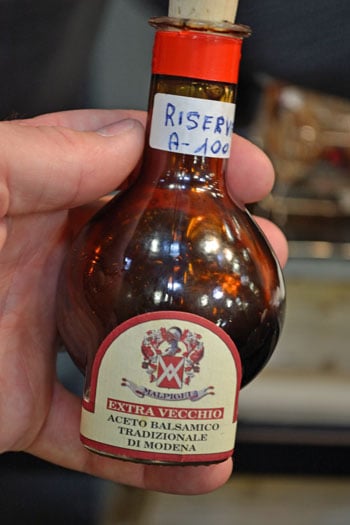

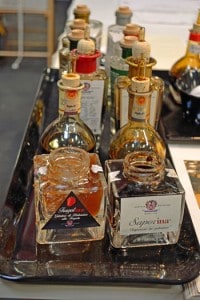
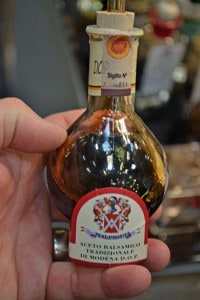






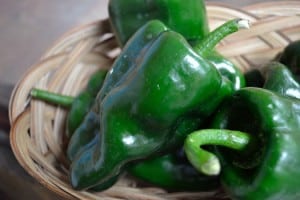

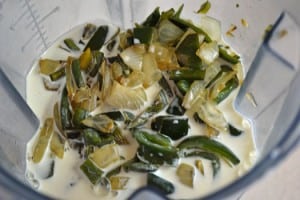
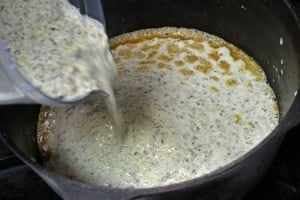



Aged Italian Balsamic Vinegar
Aged Italian balsamic vinegar is a true culinary wonder that has to be experienced to be believed. We walk you through our tasting experience and education.
Oaxacan Chicken in Poblano Sauce
This Mexican poblano chicken dish from Oaxaca is one of our family’s favorites because it is easy to make and is absolutely delicious.